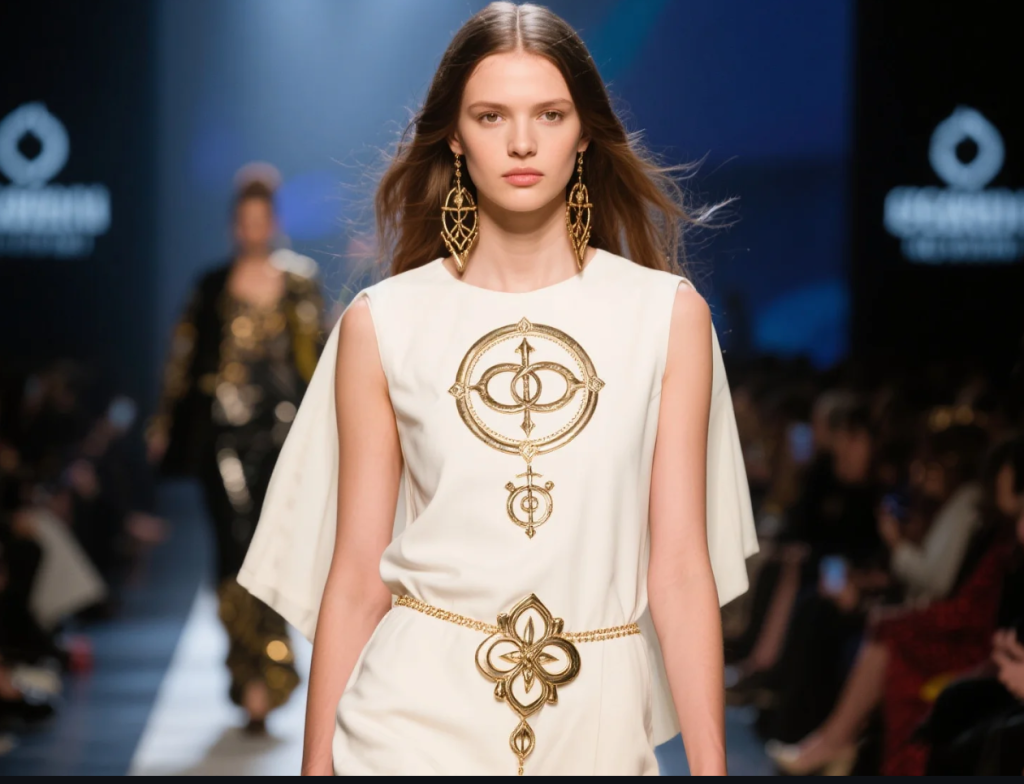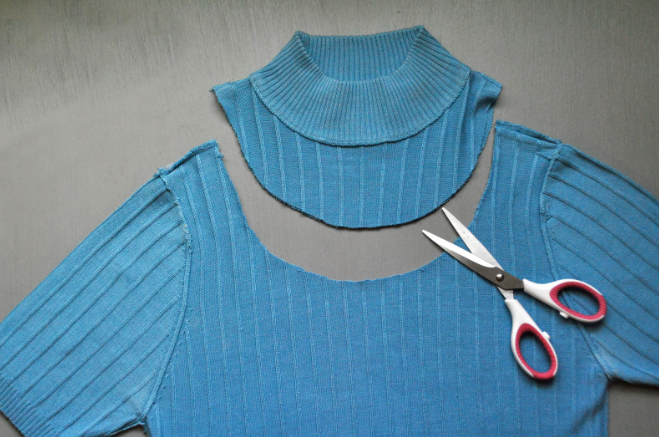
Fashion has always been more than just fabric and thread — it is a powerful form of expression, culture, and identity. In recent years, a profound trend has emerged on runways and in street style alike: the incorporation of sacred symbols and spiritual motifs into fashion design. This phenomenon goes beyond aesthetics; it reflects a deeper human yearning for meaning, connection, and authenticity in a fast-paced, consumer-driven world.
In this article, we explore how spirituality and fashion intersect on the catwalk, the significance of sacred symbols in contemporary style, and why this fusion is resonating so strongly in 2025 with designers and consumers alike.
The Rise of Spirituality in Modern Fashion
The 21st century has seen a global spiritual awakening that transcends religion. People increasingly seek mindfulness, healing, and a sense of purpose — and fashion has responded accordingly. Today’s designers are weaving sacred symbols into their collections as a way to convey stories, beliefs, and emotional depth.
Whether it’s a delicate lotus flower embroidered on a dress or bold use of ancient runes on streetwear, spiritual motifs invite wearers to connect with something greater than themselves. This trend aligns perfectly with the growing demand for authenticity and personal meaning in fashion.
What Are Sacred Symbols in Fashion?
Sacred symbols are visual icons that carry spiritual, religious, or cultural significance. They can be found across all civilizations and often represent concepts like protection, enlightenment, balance, and transcendence.
Here are some common sacred symbols increasingly seen in fashion:
- The Lotus Flower: Symbolizing purity, rebirth, and spiritual awakening, the lotus is a favorite motif in contemporary design.
- The Hamsa Hand: A talisman for protection and good fortune, the Hamsa is popular in jewelry and prints.
- Om Symbol: Representing universal consciousness and inner peace, Om is frequently used in yoga-inspired apparel.
- Mandala Patterns: These intricate circular designs denote unity and harmony, often appearing on textiles and accessories.
- Ankh: An ancient Egyptian symbol of life and immortality, the Ankh has been embraced by modern designers for its timeless mystique.
Designers Leading the Spiritual Style Movement
Several fashion designers and brands have boldly incorporated sacred symbols into their runway shows and collections:
- Gucci: Under Alessandro Michele’s creative direction, Gucci has embraced mysticism with collections featuring crosses, stars, and astrological motifs, blending old-world spirituality with modern luxury.
- Rick Owens: Known for his avant-garde approach, Owens integrates religious iconography and symbolic motifs, creating a dramatic and contemplative aesthetic.
- Stella McCartney: She often uses natural and spiritual imagery to promote wellness and sustainability in fashion.
- Local and Indie Designers: Across the globe, smaller labels are reviving indigenous symbols and sacred patterns, celebrating heritage and spiritual identity in a contemporary context.

The Meaning Behind Wearing Sacred Symbols
For many, wearing clothes or accessories adorned with sacred symbols is not just a fashion statement — it’s a personal ritual or affirmation. It can signify:
- Protection: Belief in talismanic powers to ward off negativity.
- Identity: Embracing cultural roots and spiritual heritage.
- Mindfulness: A reminder to stay present, centered, or connected to higher values.
- Healing: Using symbolism as a tool for emotional or spiritual recovery.
This emotional resonance enhances the wearer’s connection to the garment, making fashion a medium for storytelling and self-expression.
Ethical Considerations: Respect and Cultural Appreciation
With the rise of sacred symbols in fashion comes the responsibility to approach them respectfully. Cultural appropriation is a concern, especially when sacred motifs are used superficially or without acknowledgment of their origins.
Fashion brands and consumers alike must strive for cultural appreciation — meaning collaboration with communities, education about symbol meanings, and honoring the spiritual significance behind designs.
This ethical approach enriches the fashion narrative and supports the preservation of cultural heritage.
Spirituality Meets Fashion on the Global Runway
Recent fashion weeks in New York, Paris, and Milan have spotlighted collections inspired by spirituality. Models don robes reminiscent of monks’ habits, garments embroidered with sacred scripts, and jewelry echoing ancient amulets.
This fusion reflects a broader societal shift toward wellness, self-care, and conscious living. In 2025, spirituality is no longer a niche; it’s a mainstream influence shaping how we dress and present ourselves.

How to Incorporate Sacred Symbols into Your Style
If you want to explore this trend thoughtfully, here’s how:
- Learn the Meaning: Understand the origins and significance of the symbols you choose.
- Choose Quality Pieces: Opt for ethically made garments or accessories that honor the symbolism.
- Mix with Modern Elements: Combine sacred symbols with contemporary fashion staples for a balanced look.
- Wear with Intention: Let the symbolism resonate with your personal beliefs or aspirations.
- Support Ethical Brands: Seek designers who work with cultural communities or promote spiritual awareness.
The Future of Spirituality in Fashion
As consumers grow more mindful and fashion brands more conscious, the marriage of spirituality and style will deepen. Expect more innovative uses of sacred symbols in tech-integrated clothing, sustainable fabrics, and personalized fashion experiences.
This evolution signals a powerful trend: fashion not just as adornment, but as a vehicle for deeper meaning, connection, and transformation.
Final Thoughts
Sacred symbols on the catwalk remind us that fashion can be a spiritual journey as much as a visual one. When spirituality meets fashion, it creates a space where history, culture, and personal meaning intertwine — offering wearers more than just style, but a sense of purpose and belonging.
In 2025, embracing this trend means celebrating the profound stories woven into every stitch, and stepping into the world dressed not just to impress, but to express the soul.


